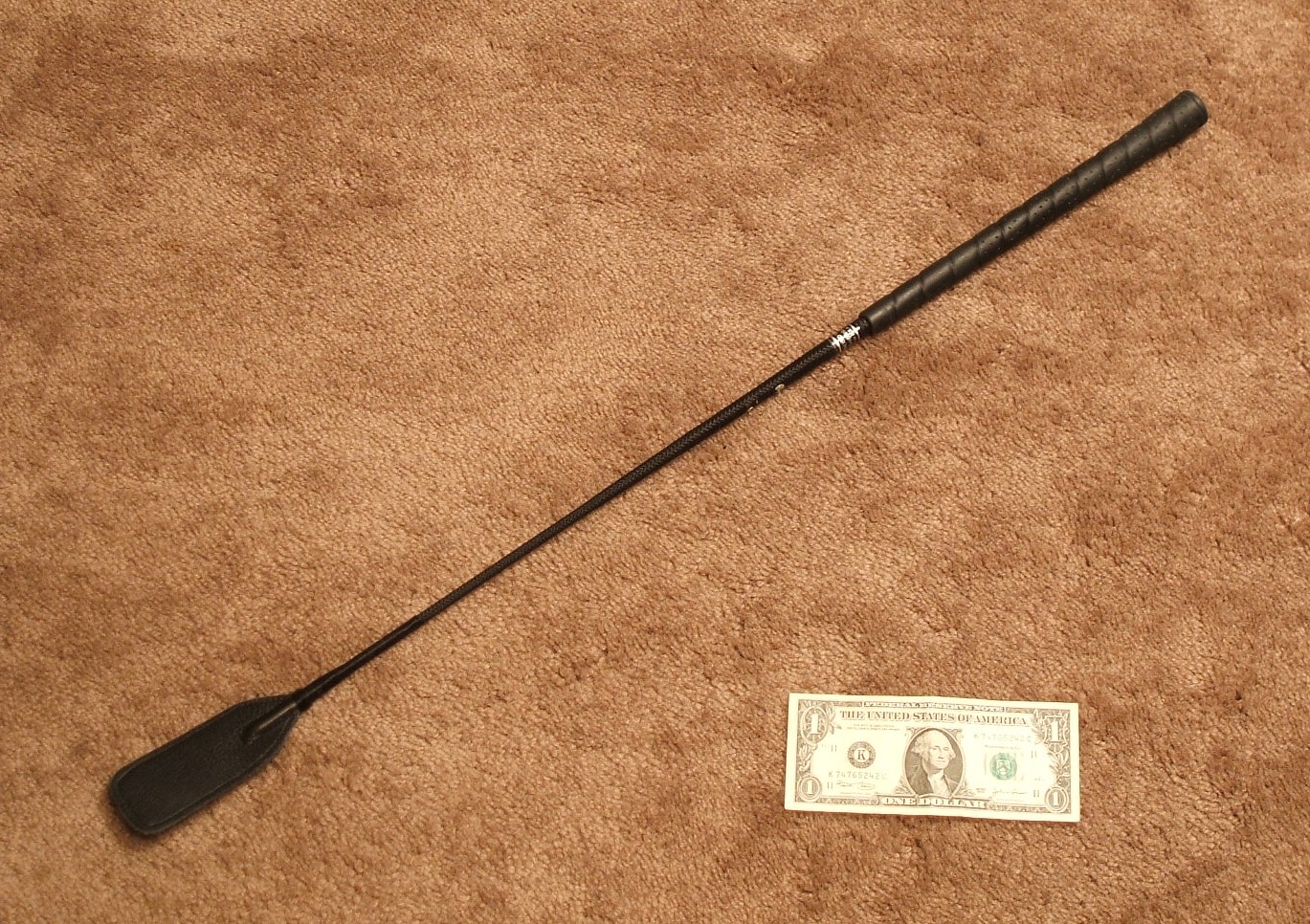|
Knout
A knout (, ) is a Russian whip that consists of a rawhide (material), rawhide thong or a rope attached to a long wooden handle. Commonly used for prodding horses or cattle, knouts were also used for flagellation as a corporal punishment in Russian history. The English word is a spelling-pronunciation of a French transliteration of the Russian word кнут (''knut''), which means "whip". Etymology The word may be derived from the Swedish language, Swedish ''knutpiska'', a kind of whip with ''knots''. The word stem, stem ''knut'' is of generic Germanic languages, Germanic origin; compare with the German ''Knute'', Dutch ''knoet'' (both meaning knout) and with Old Norse ''knutr'', Anglo-Saxon ''cnotta'' and English ''knot''. For corporal punishment According to ''Brockhaus and Efron'', a typical knout used by Russian executioners consisted of a wooden handle about half ''arshin (length), arshin'' () to which attached was a thick braided rawhide piece, one ''arshin'' () long. ... [...More Info...] [...Related Items...] OR: [Wikipedia] [Google] [Baidu] |
Flagellation
Flagellation (Latin , 'whip'), flogging or whipping is the act of beating the human body with special implements such as whips, Birching, rods, Switch (rod), switches, the cat o' nine tails, the sjambok, the knout, etc. Typically, flogging has been imposed on an unwilling subject as a punishment; however, it can also be submitted to willingly and even done by oneself in sadomasochistic or religious contexts. The strokes are typically aimed at the unclothed back of a person, though they can be administered to other areas of the body. For a moderated subform of flagellation, described as ''bastinado'', the soles of a person's barefoot, bare feet are used as a target for beating (see foot whipping). In some circumstances the word ''flogging'' is used loosely to include any sort of corporal punishment, including birching and caning. However, in British legal terminology, a distinction was drawn between ''flogging'' (with a cat o' nine tails) and ''whipping'' (formerly with a ... [...More Info...] [...Related Items...] OR: [Wikipedia] [Google] [Baidu] |
Whip
A whip is a blunt weapon or implement used in a striking motion to create sound or pain. Whips can be used for flagellation against humans or animals to exert control through pain compliance or fear of pain, or be used as an audible cue through the distinct whipcrack effect. The portion used for striking is generally either a firm rod designed for direct contact, or a flexible line requiring a specialized swing. The former is easier and more precise, the latter offers longer reach and greater force. Some varieties, such as a hunting whip or lunge whip, have an extended stock section in addition to the line. Whips such as the "cat o' nine tails" and knout are specifically developed for corporal punishment or torture on human targets. Certain religious practices and BDSM activities involve the self-use of whips or the use of whips between consenting partners. Misuse on animals may be considered animal cruelty, and misuse on humans may be viewed as assault. Use Whips are genera ... [...More Info...] [...Related Items...] OR: [Wikipedia] [Google] [Baidu] |
Rawhide (material)
Rawhide is a hide or animal skin that has not been exposed to tanning. It is similar to parchment, much lighter in color than leather made by traditional vegetable tanning. Rawhide is more susceptible to water than leather, and it quickly softens and stretches if left wet unless well waterproofed. "Rawhide" laces often sold for boots or baseball gloves are made of normal tanned leather rather than actual rawhide. Rawhide is not pliable when dry and would be unsuitable for that use. Process The skin from buffalo, deer, elk or cattle from which most rawhide originates is prepared by removing all fur, meat and fat. The hide is then usually stretched over a frame before being dried. The resulting material is hard and translucent. It can be shaped by rewetting and forming before being allowed to thoroughly re-dry. It can be rendered more pliable by 'working', i.e. bending repeatedly in multiple directions, often by rubbing it over a post, sometimes traditionally by chewing. It ... [...More Info...] [...Related Items...] OR: [Wikipedia] [Google] [Baidu] |
Corporal Punishment
A corporal punishment or a physical punishment is a punishment which is intended to cause physical pain to a person. When it is inflicted on Minor (law), minors, especially in home and school settings, its methods may include spanking or Paddle (spanking), paddling. When it is inflicted on adults, it may be inflicted on prisoners and slaves, and can involve methods such as whipping with a Belt (clothing), belt or a whip, horsewhip. Physical punishments for crimes or injuries, including floggings, Human branding, brandings and even mutilations, were practised in most civilizations since ancient times. They have increasingly been viewed as inhumane since the development of humanitarianism ideals after the Age of Enlightenment, Enlightenment, especially in the Western world. By the late 20th century, corporal punishment was eliminated from the legal systems of most developed countries. The legality of corporal punishment in various settings differs by jurisdiction. International ... [...More Info...] [...Related Items...] OR: [Wikipedia] [Google] [Baidu] |
Swedish Language
Swedish ( ) is a North Germanic languages, North Germanic language from the Indo-European languages, Indo-European language family, spoken predominantly in Sweden and parts of Finland. It has at least 10 million native speakers, making it the Germanic_languages#Statistics, fourth most spoken Germanic language, and the first among its type in the Nordic countries overall. Swedish, like the other North Germanic languages, Nordic languages, is a descendant of Old Norse, the common language of the Germanic peoples living in Scandinavia during the Viking Age. It is largely mutually intelligible with Norwegian language, Norwegian and Danish language, Danish, although the degree of mutual intelligibility is dependent on the dialect and accent of the speaker. Standard Swedish, spoken by most Swedes, is the national language that evolved from the Central Swedish dialects in the 19th century, and was well established by the beginning of the 20th century. While distinct regional Variety ( ... [...More Info...] [...Related Items...] OR: [Wikipedia] [Google] [Baidu] |
Word Stem
In linguistics, a word stem is a word part responsible for a word's lexical meaning. The term is used with slightly different meanings depending on the morphology of the language in question. For instance, in Athabaskan linguistics, a verb stem is a root that cannot appear on its own and that carries the tone of the word. Typically, a stem remains unmodified during inflection with few exceptions due to apophony (for example in Polish, ("city") and ("in the city"); in English, ''sing'', ''sang'', and ''sung'', where it can be modified according to morphological rules or peculiarities, such as sandhi). Word stem comparisons across languages have helped reveal cognates that have allowed comparative linguists to determine language families and their history. Root vs stem The word ''friendship'' is made by attaching the morpheme ''-ship'' to the root word ''friend'' (which some linguists also call a stem). While the inflectional plural morpheme ''-s'' can be attached to '' ... [...More Info...] [...Related Items...] OR: [Wikipedia] [Google] [Baidu] |
Germanic Languages
The Germanic languages are a branch of the Indo-European languages, Indo-European language family spoken natively by a population of about 515 million people mainly in Europe, North America, Oceania, and Southern Africa. The most widely spoken Germanic language, English language, English, is also the world's most List of languages by total number of speakers, widely spoken language with an estimated 2 billion speakers. All Germanic languages are derived from Proto-Germanic language, Proto-Germanic, spoken in Iron Age Scandinavia, History of Germany#Iron Age, Iron Age Northern Germany and along the North Sea and Baltic coasts. The West Germanic languages include the three most widely spoken Germanic languages: English language, English with around 360–400 million native speakers; German language, German, with over 100 million native speakers; and Dutch language, Dutch, with 24 million native speakers. Other West Germanic languages include Afrikaans, an offshoot of Dutch origi ... [...More Info...] [...Related Items...] OR: [Wikipedia] [Google] [Baidu] |
Arshin (length)
The arshin or arşın is an old Turkish and Russian unit of length ( or ) The Turkish "market arşın" was about long. The masonry arşın was 75.774 cm on average (mason's arşın = 24 parmak = 240 ḫaṭṭ) The usage of arşın was gradually abolished during 1931–1933 with the introduction of the metric system. The Russian word ' used to be variously transcribed as arshin, archeen, archin, archine, arsheen, and arshine. The Russian arshin had different length at different times. In the 16th century it was 27 inches. In the 18th century, Peter the Great standardized in to 28 inches or 71.12 cm. The arshin-length ruler was also called "arshin". South Slavic peoples used a unit of length named aršin of several types based on the Turkish arşın, under the influence of the Ottoman Empire, described as "the distance from the fingertips to the shoulder".Abdulah Škaljić: "Turcizmi u srpskohrvatskom jeziku" See also * arş, the Ottoman cubit or historical Russian ''lokot ... [...More Info...] [...Related Items...] OR: [Wikipedia] [Google] [Baidu] |
Jean-Baptiste Le Prince, Supplice Du Knout Ordinaire (1766)
Jean-Baptiste () is a male French name, originating with Saint John the Baptist, and sometimes shortened to Baptiste. The name may refer to any of the following: Persons * Charles XIV John of Sweden, born Jean-Baptiste Jules Bernadotte, was King of Sweden and King of Norway * Charles-Jean-Baptiste Bouc, businessman and political figure in Lower Canada * Felix-Jean-Baptiste-Joseph Nève, orientalist and philologist * Gui-Jean-Baptiste Target, French lawyer and politician * Hippolyte Jean-Baptiste Garneray, French painter * Jean-Baptiste (songwriter), American music record producer, singer-songwriter * Jean Baptiste (grave robber) – A 19th-century gravedigger in Utah, United States, notorious for robbing hundreds of graves, leading to his exile and mysterious disappearance. * Jean-Baptiste Alphonse Karr, French critic, journalist, and novelist * Jean-Baptiste Bagaza, chairman of Supreme Revolutionary Council in Burundi until 1976 and president of Burundi (1976-1987) * Jean ... [...More Info...] [...Related Items...] OR: [Wikipedia] [Google] [Baidu] |



